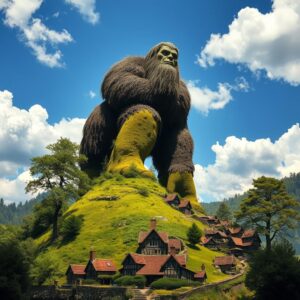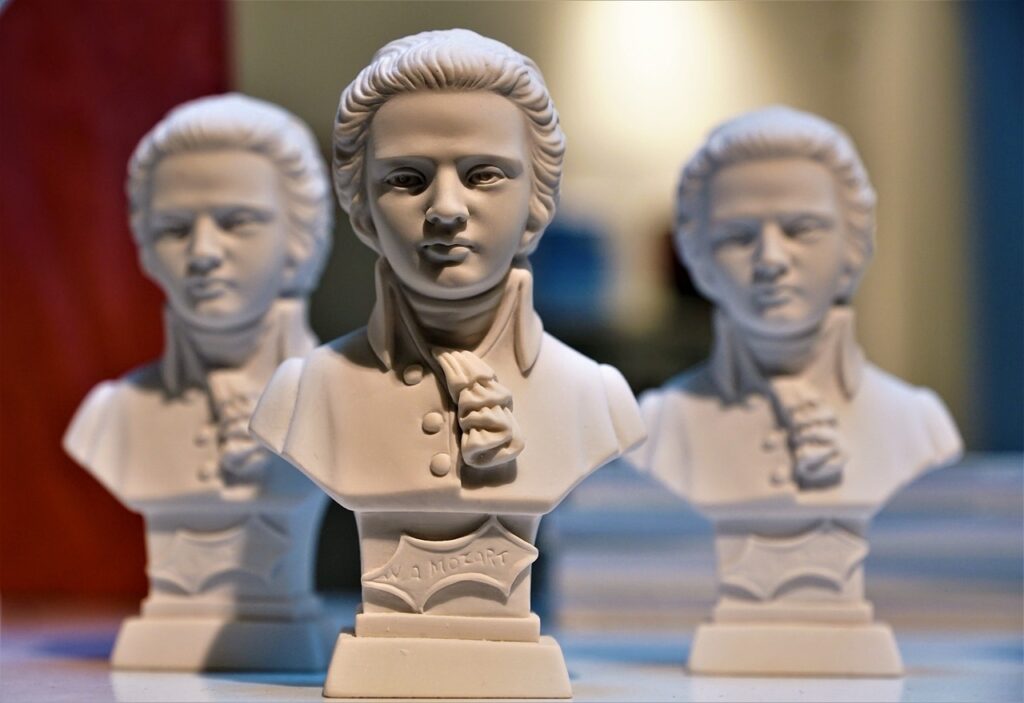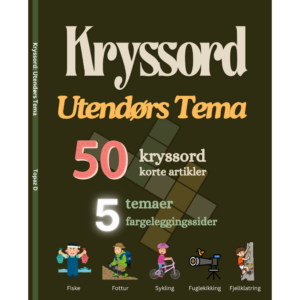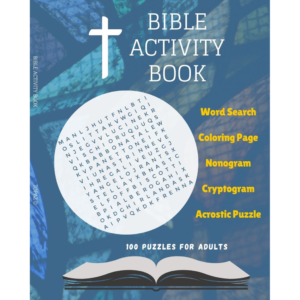
Explore & Play
Discover interesting topics and solve the accompanying crossword puzzle.
Composer Crossword | Influential Composers Through the Age
Table of Contents
Welcome to our exploration of music history! To enhance your experience, we encourage you to first tackle our Composer crossword. It’s a fun way to familiarize yourself with some of the most influential figures in music. Once you’ve given it a try, dive into our detailed article that delves deeper into the lives and contributions of these composers. If you’re new to the topic or need more context, start with the article to gain a solid understanding, and then come back to challenge yourself with the Composer crossword. Enjoy the journey through the ages of music!
Composer Crossword
You can either fill in the crossword puzzle directly on this page or click the button in the bottom right corner to print it for free.

A Journey Through the Ages: From Baroque to Modern Music
Music is a language that transcends borders, eras, and cultures—and what better way to explore its rich history than with a fun and challenging crossword puzzle? This puzzle brings together 50 of the most influential composers who have shaped the evolution of music over the centuries. As we solve this crossword, we also embark on a fascinating journey through time, discovering the creative minds behind the masterpieces that have defined Western music from the Baroque period to the modern day.
I. The Baroque Beginnings: Composers Who Defined an Era
The Baroque era, marked by its grandeur and expressive detail, laid the foundation for the evolution of Western music. This period, spanning from around 1600 to 1750, was characterized by intricate musical forms, contrasting dynamics, and the flourishing of instrumental music.
Johann Sebastian Bach stands out as one of the most important figures of this period. Known for his mastery of counterpoint, Bach’s work, such as The Well-Tempered Clavier and the Brandenburg Concertos, demonstrates a complexity and depth that set the standard for generations of composers to come. His music is not only a technical marvel but also a deeply spiritual expression, reflecting his Lutheran faith.
Similarly, Antonio Vivaldi, an Italian composer and virtuoso violinist, made significant contributions to the Baroque style, particularly through his development of the concerto form. His most famous work, The Four Seasons, is a set of four violin concertos that vividly depict scenes of nature, showcasing Vivaldi’s gift for painting pictures with sound.
Meanwhile, in England, Henry Purcell was forging his own path with compositions like Dido and Aeneas, which became a milestone in English opera. George Frideric Handel, originally from Germany but later settled in England, was another towering figure of the Baroque. His oratorios, such as Messiah, continue to be celebrated for their emotional depth and grandeur.
II. The Classical Enlightenment: A New Approach to Music
The Classical era brought a shift towards clarity, balance, and form, spearheaded by some of music’s greatest minds. Spanning from the mid-18th century to the early 19th century, this period emphasized elegance, structural discipline, and a lighter texture compared to the ornate complexity of the Baroque.
Among the foremost composers of this era was Wolfgang Amadeus Mozart. A child prodigy who became one of the most prolific and versatile composers, Mozart excelled in every musical genre of his time—from opera (The Magic Flute) to symphony, chamber music, and piano concertos. His work is celebrated for its melodic beauty, formal precision, and expressive range.
Franz Joseph Haydn, often referred to as the “Father of the Symphony” and “Father of the String Quartet,” played a crucial role in the development of these forms. His innovative compositions, such as the London Symphonies and The Creation, set a new standard for orchestral and choral music, blending clarity with rich harmonies.
Ludwig van Beethoven, a pivotal figure at the crossroads between the Classical and Romantic periods, pushed the boundaries of music with his bold harmonies, dramatic contrasts, and emotional depth. Despite his progressive hearing loss, Beethoven composed groundbreaking works like the Ninth Symphony and Moonlight Sonata, which redefined the symphonic and sonata forms.
III. The Romantic Movement: Emotion and Individuality in Music
The Romantic era saw composers embracing emotion, individuality, and a deep connection with the natural and the supernatural. Lasting from the early to late 19th century, this period celebrated personal expression, national identity, and the exploration of new musical forms.
Frédéric Chopin and Franz Liszt were two of the most prominent composers and virtuoso pianists of this era. Chopin’s music, including his nocturnes, polonaises, and études, is characterized by its lyricism, innovation, and the intimate, poetic quality of his piano writing. Liszt, on the other hand, was known for his virtuosic performances and the creation of the symphonic poem, a form that aimed to express a narrative or scene through orchestral music.
Johannes Brahms and Robert Schumann continued to expand the Romantic tradition. Brahms, with his adherence to classical forms infused with romantic expressiveness, composed masterpieces like his German Requiem and his symphonies, which reflect both complexity and warmth. Schumann, both a composer and an influential music critic, contributed a wide range of works, from piano miniatures to large-scale symphonies and lieder, exploring the depths of the human psyche.
Pyotr Ilyich Tchaikovsky, a Russian composer, is best known for his deeply emotional ballets such as Swan Lake and The Nutcracker. His music, filled with dramatic contrasts and memorable melodies, has become a staple of classical repertoires worldwide. Similarly, Giuseppe Verdi dominated the Italian opera scene with powerful works like La Traviata and Aida, which combined beautiful melodies with intense drama and a deep understanding of human emotions.
IV. The Age of Innovation: Late Romantic to Early Modern Masters
As the 19th century waned, new forms of expression and experimentation began to shape the future of music. Composers sought to push beyond the established norms, experimenting with harmony, rhythm, and structure to create new soundscapes.
Gustav Mahler and Richard Strauss were at the forefront of this innovative wave. Mahler’s expansive symphonies, such as the Symphony No. 2 “Resurrection”, are known for their emotional depth, complexity, and scale, often incorporating large orchestras and choirs. Strauss, with his tone poems like Also sprach Zarathustra, explored new ways to depict narratives and emotions through orchestral color and thematic development.
Claude Debussy and Maurice Ravel led the way in Impressionist music, seeking to capture the fleeting effects of light and atmosphere in their compositions. Debussy’s Clair de Lune and Prelude to the Afternoon of a Faun are masterpieces of subtlety and nuance, while Ravel’s Boléro and Daphnis et Chloé demonstrate his mastery of orchestration and innovative use of rhythm.
Sergei Rachmaninoff, with his lush Romantic style, and Igor Stravinsky, known for his revolutionary ballet The Rite of Spring, represent two divergent paths in early 20th-century music—Rachmaninoff’s adherence to Romantic traditions and Stravinsky’s break with convention, embracing new rhythms and dissonances.
V. Modernism and the Avant-Garde: Breaking Boundaries in Music
Modernism broke away from traditional tonality and forms, leading to new and avant-garde movements in music. This era, beginning in the early 20th century, saw composers exploring new approaches to harmony, melody, and rhythm.
Arnold Schoenberg was a key figure in this movement, developing the twelve-tone technique that rejected traditional tonality and opened new possibilities for composition. Similarly, Béla Bartók fused folk elements with contemporary techniques, as seen in his Concerto for Orchestra, combining traditional melodies with complex rhythms and harmonies.
Dmitri Shostakovich navigated the complexities of composing under Soviet rule, producing works that ranged from the politically charged, like his Symphony No. 5, to the deeply personal, such as his String Quartet No. 8. Paul Dukas, while less prolific, made a lasting impact with pieces like The Sorcerer’s Apprentice, which blends traditional forms with modern orchestral color.
Carl Orff, with his dramatic cantata Carmina Burana, and Manuel de Falla, with his Spanish-influenced compositions, exemplify how 20th-century composers continued to draw on their cultural heritage while embracing new musical ideas.
VI. The 20th Century: From Concert Halls to Hollywood
The 20th century saw music transcend the concert hall, reaching new audiences through film and other modern mediums. This period marked the rise of composers who blended classical traditions with contemporary forms and media.
George Gershwin merged jazz and classical styles in works like Rhapsody in Blue, creating a uniquely American sound. Samuel Barber, known for his lush, lyrical Adagio for Strings, and Aaron Copland, with his evocative pieces like Appalachian Spring, captured the American spirit through music.
Meanwhile, composers like Ennio Morricone, John Williams, and Hans Zimmer brought classical influences to Hollywood, crafting some of the most memorable film scores of all time. Morricone’s work on The Good, the Bad and the Ugly set a standard for the Western genre, while Williams’s themes for Star Wars and Jaws have become cultural icons. Zimmer, with scores for Inception and The Lion King, continues to innovate in the realm of film music.
VII. Beyond the Traditional: Cross-Cultural Influences and Global Reach
In today’s interconnected world, music reflects a fusion of cultural influences and technological advancements. Composers are no longer bound by the traditions of their homelands; instead, they draw inspiration from global sources.
Ralph Vaughan Williams incorporated English folk music into his symphonic works, while Jean Sibelius captured the spirit of Finnish nationalism in his compositions like Finlandia. Kurt Weill blended classical, popular, and jazz elements, and Er
ik Satie introduced a minimalist approach with his unconventional piano pieces, like Gymnopédies, which defied traditional harmonic and rhythmic expectations.
Percy Grainger is known for his innovative arrangements of folk songs and incorporation of unconventional instruments, reflecting a deep appreciation for diverse musical traditions. Similarly, Max Bruch, renowned for his Violin Concerto No. 1, also integrated elements of folk music into his Romantic compositions.
VIII. Reflections on the Evolution of Music
From Baroque intricacies to modern film scores, the history of music is a tapestry woven with the creativity of countless composers. Each era, from the ornate complexity of the Baroque to the innovative sounds of modern film music, represents a different facet of the human experience and artistic expression.
This journey through music history highlights how composers have pushed boundaries, explored new ideas, and reflected the cultural contexts of their times. By understanding their contributions, we gain a deeper appreciation for the music that continues to inspire and move us today.
As you solve the crossword puzzle featuring these 50 composers, take a moment to reflect on their impact and the rich legacy they have left behind. Whether you’re a seasoned musician or a casual listener, this exploration of music history reveals the profound and enduring power of their artistry.
Share to...
I hope you enjoy the content.
Want to receive our daily crossword puzzle or article? Subscribe!
You may also be interested in
Share to…
Want to receive our daily crossword puzzle?
-
Jigsaw Puzzles
Fjord Elegance: Abstract Jigsaw Puzzle 250 | 300 | 500 Pieces
kr 348,00 – kr 439,00 Select options This product has multiple variants. The options may be chosen on the product page -
Jigsaw Puzzles
Art Nouveau Jigsaw Puzzle with Betta Fish in Lush Garden Scene 250 | 300 | 500 Pieces
kr 348,00 – kr 439,00 Select options This product has multiple variants. The options may be chosen on the product page -
Jigsaw Puzzles
Flåm Railway Abstract Art Jigsaw Puzzle 250 | 300 | 500 Pieces
kr 348,00 – kr 439,00 Select options This product has multiple variants. The options may be chosen on the product page

















